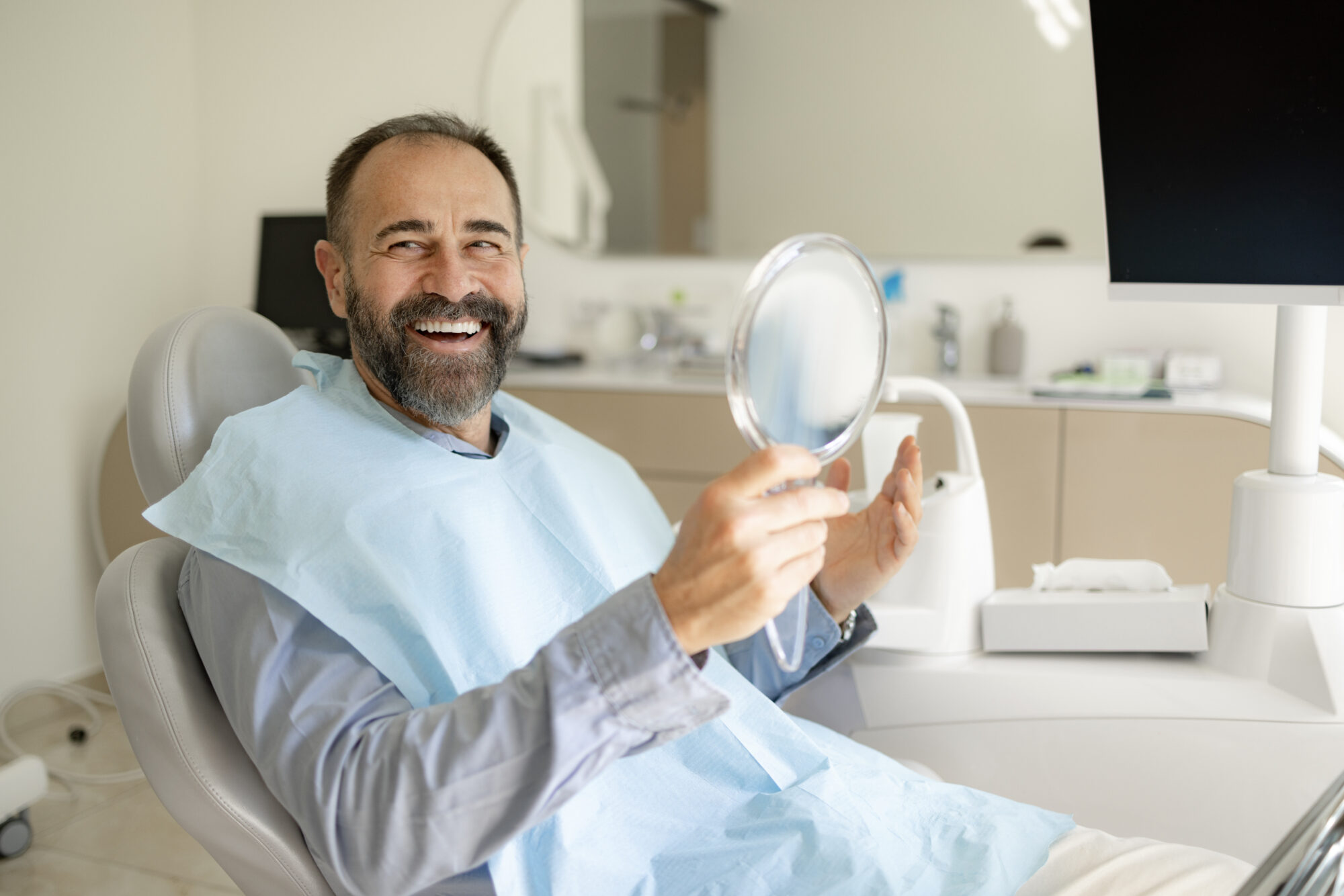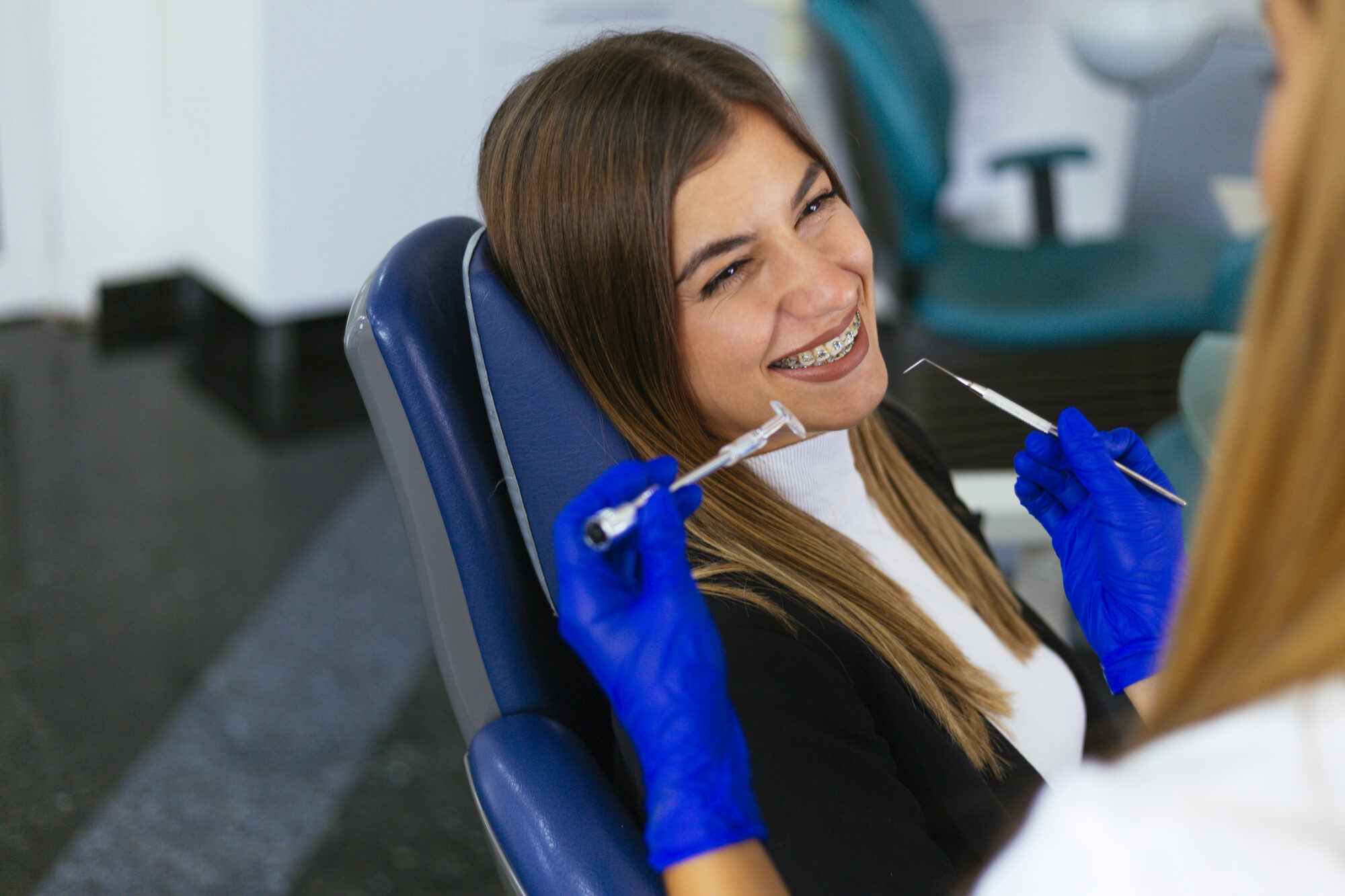Why Teeth Continue to Move After Orthodontic Care and What to Do to Prevent It
After months or even years of orthodontic treatment, whether you’ve worn traditional braces or clear aligners, it’s tempting to think that once your braces come off or your treatment concludes, your teeth will stay perfectly aligned for life. Unfortunately, this isn’t always the case. Many patients experience some degree of tooth movement after their orthodontic care ends, a phenomenon often referred to as post-treatment relapse.
While post-treatment shifting of teeth is common, it’s not something that can’t be managed. In this blog, we’ll explore why teeth continue to move after orthodontic treatment, why this happens, and what you can do to prevent it, ensuring your smile stays as beautiful and functional as when your braces were removed.
Why Do Teeth Continue to Move After Orthodontic Treatment?
To understand why teeth move even after orthodontic care is completed, it’s essential to consider the biology and physiology of your teeth and gums.
1. The Natural Tendencies of Teeth and Gums
Your teeth are held in place by a complex system of bone, ligaments, and gums. When braces or aligners apply pressure to your teeth, they gradually move into new positions. The bone around the teeth changes in response to this pressure, allowing the teeth to shift. Once the treatment is over, your teeth are still somewhat “soft” in their new positions and can shift back to their original places, especially if not properly stabilized. This natural tendency of the teeth to return to their previous position is known as relapse.
2. Soft Tissue and Muscle Pressure
Your gums, muscles, and even the tissues inside your mouth play a significant role in tooth movement. The muscles that control chewing and speaking (like the tongue and lips) exert constant pressure on your teeth. Even after orthodontic treatment, these forces can influence the position of your teeth, especially if you’ve had issues with muscle imbalance before treatment. If your muscles aren’t properly balanced, they can push on your teeth and cause them to shift.
3. Bone Remodelling
During orthodontic treatment, bone remodeling occurs — meaning the bone that surrounds your teeth change shape to accommodate the new position of your teeth. This process continues for some time after the braces come off. In fact, bone remodeling may continue for several months or even up to a year after treatment. This means that the teeth aren’t yet fully stabilized in their new position, and any residual pressure or force can cause them to shift.
4. Lack of Retainers or Non-Compliance
The most common reason for post-treatment movement of teeth is the failure to wear retainers as prescribed by your orthodontist. After the active phase of treatment, your teeth need time to stabilize in their new positions. Wearing a retainer helps maintain the new alignment by holding the teeth in place while the bone continues to remold. If you neglect to wear your retainer or stop wearing it too soon, the teeth can gradually shift back to their old positions.
5. Aging and Wear-and-Tear on Teeth
As we age, our teeth naturally undergo changes. The pressures of chewing, grinding, and even the natural shifting of our bite can lead to gradual movements in the alignment of our teeth. For example, teeth may shift due to crowding or wearing down of enamel, or as a result of natural changes in the jaw structure over time.
Why Some People Are More Prone to Relapse Than Others
Some patients are more prone to tooth movement after treatment due to various factors:
- Genetics: Your genetics can play a role in how stable your teeth are after orthodontic treatment. If you have a family history of dental problems, such as crooked teeth or malocclusion (misaligned bite), your teeth may be more likely to shift.
- Age: Younger patients, especially teens and young adults, may experience more tooth movement after braces due to the natural changes in bone density and muscle function as they grow.
- Type of Treatment: Some types of orthodontic treatment may be more prone to relapse than others. For example, clear aligners might provide a less rigid hold on teeth compared to traditional metal braces, which can sometimes lead to slight movements after treatment ends.
- Initial Severity of Misalignment: If your teeth were severely misaligned or crowded at the start of treatment, the chances of relapse can be higher. This is because more extensive tooth movement may create a less stable foundation once the braces are removed.
How to Prevent Post-Treatment Tooth Movement
The good news is that post-treatment relapse is largely preventable with proper care and commitment. Here are some steps you can take to ensure your teeth stay aligned and your smile remains beautiful for years to come.
1. Wear Your Retainer as Prescribed
The most effective way to prevent teeth from moving after orthodontic treatment is by wearing a retainer. Retainers are designed to keep your teeth in their new positions while your bone and soft tissues stabilize. There are several types of retainers, including:
- Fixed Retainers: These are small wires that your orthodontist attaches to the back of your teeth, usually on the lower front teeth. They offer a permanent solution to maintain alignment and prevent relapse.
- Removable Retainers: These are clear plastic devices that fit over your teeth. They are worn full-time for a period (typically a few months) and then part-time after the teeth have stabilized.
While some patients may only need to wear their retainer for a few months, many will need to wear it for longer, often on a nightly basis, for years. Consistency is key — if your orthodontist advises you to wear your retainer for a certain amount of time, it’s important to stick to their instructions.
2. Follow a Long-Term Retainer Plan
In many cases, your orthodontist will create a long-term retainer plan. This plan may involve wearing your retainer full-time for a period (usually 3–6 months after your braces come off) and then switching to night-time wear. After the first year, some patients may be able to wear their retainers only a few nights a week. However, every case is unique, so it’s crucial to follow the specific guidance your orthodontist provides.
3. Avoid Habits That Could Shift Your Teeth
Certain habits can increase the risk of your teeth moving after orthodontic treatment. Some of these habits include:
- Teeth Grinding or Clenching (Bruxism): If you grind or clench your teeth, especially during sleep, you may inadvertently cause your teeth to shift. Wearing a nightguard can help protect your teeth and prevent this.
- Thumb-Sucking or Mouth Breathing: These habits can exert unwanted pressure on the teeth, leading to movement. If your child has a thumb-sucking habit, address it early with the help of your dentist or orthodontist.
- Poor Diet or Oral Hygiene: Eating sticky, hard, or crunchy foods can damage your braces or aligners during treatment and cause misalignment after. Additionally, poor oral hygiene can lead to gum disease or tooth decay, which can affect the alignment of your teeth.
4. Regular Check-Ups with Your Orthodontist
Even after your treatment ends, it’s essential to schedule follow-up visits with your orthodontist. These check-ups will allow your orthodontist to assess the alignment of your teeth, make any necessary adjustments to your retainer, and ensure that your teeth are staying in their optimal positions. They can also provide early intervention if any movement is detected, allowing for timely correction before the problem becomes significant.
5. Maintain Good Oral Health
Good oral hygiene habits are critical throughout and after orthodontic treatment. Plaque buildup and gum disease can weaken the support structures around your teeth, potentially causing them to shift. Brush your teeth at least twice a day, floss regularly, and schedule professional cleanings to maintain healthy gums and teeth.
Conclusion
While it’s normal for teeth to shift after orthodontic treatment, these movements can often be minimized or avoided with proper care. The most important factor in maintaining your beautiful smile is wearing your retainer as prescribed and following your orthodontist’s guidance. By staying committed to your retainer plan, avoiding habits that can shift your teeth, and scheduling regular check-ups, you can enjoy long-lasting results from your orthodontic treatment.
Remember, achieving a healthy, beautiful smile is a lifelong commitment — and with the right care, your smile can stay aligned and functional for years to come. If you’re experiencing any post-treatment shifting or have concerns about your teeth, don’t hesitate to contact your orthodontist for advice. With the right tools and knowledge, you can ensure your teeth stay in their best shape long after your braces come off.




